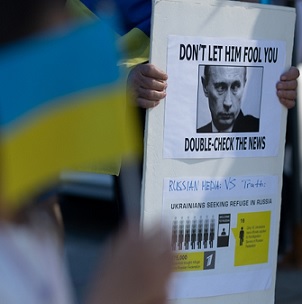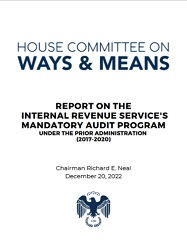| También conocida como la Conferencia de las Naciones Unidas sobre Biodiversidad, la COP15 es la decimoquinta reunión de las Partes del Convenio sobre la Diversidad Biológica (CDB) que establece 21 objetivos y 10 hitos que los gobiernos deben cumplir a más tardar en 2030. Estos incluyen proteger un mínimo del 30% de los océanos y la tierra del mundo, reducir el uso de pesticidas en al menos dos tercios, eliminar los desechos plásticos y aumentar los recursos financieros dedicados a la biodiversidad a, por lo menos, US $ 200 mil millones anuales. |
En la cimera sobre la biodiversidad en Montreal, Canadá, los países participantes han pactado que en 2030 haya, al menos, el 30% de las zonas terrestres, marina y de lagos protegidas.
Es un gran paso para conservar la biodiversidad del planeta. Nunca antes la biodiversidad había estado en un lugar tan alto en la política mundial. El camino no ha sido fácil ya que la última conferencia de biodiversidad fue celebrada hace 4 años y en motivo del Covid-19 se ha ido aplazando. En principio tenía que celebrarse en China que es quien tiene la presidencia de la conferencia, pero al final ha tenido una co-presidencia junto al Canadá por la política de Covid 0 en el gigante asiático.
 El acuerdo ha llegado a última hora antes de que terminara la conferencia, los acuerdos in extremis ya empiezan a ser un clásico como ya vimos en la COP 27 de éste mismo año. En el que a pesar de grandes conflictos como la Guerra de Rusia y Ucrania o la crisis energética que vive Europa con la subida del precio de la luz y del gas que las compañías de la luz repercuten en los consumidores hace que sea difícil llegar a acuerdos multilaterales.
El acuerdo ha llegado a última hora antes de que terminara la conferencia, los acuerdos in extremis ya empiezan a ser un clásico como ya vimos en la COP 27 de éste mismo año. En el que a pesar de grandes conflictos como la Guerra de Rusia y Ucrania o la crisis energética que vive Europa con la subida del precio de la luz y del gas que las compañías de la luz repercuten en los consumidores hace que sea difícil llegar a acuerdos multilaterales.
- Hits: 2150
 Like other autocratic actors, the Kremlin deploys disinformation to confuse the public, attract allies, escape accountability, and strengthen its hold on power.
Like other autocratic actors, the Kremlin deploys disinformation to confuse the public, attract allies, escape accountability, and strengthen its hold on power.

